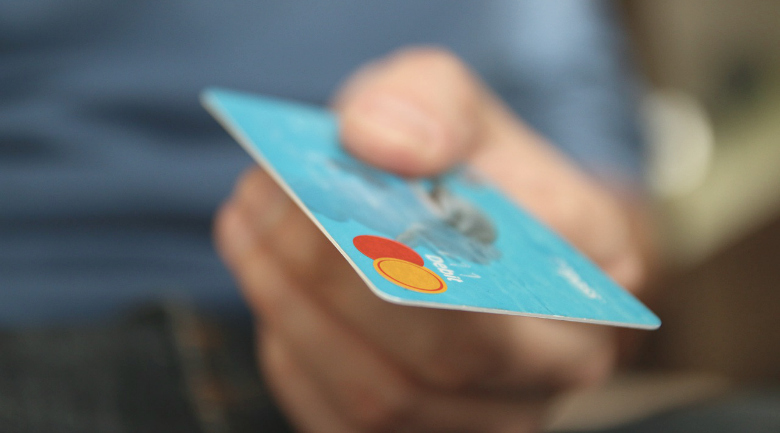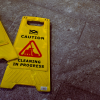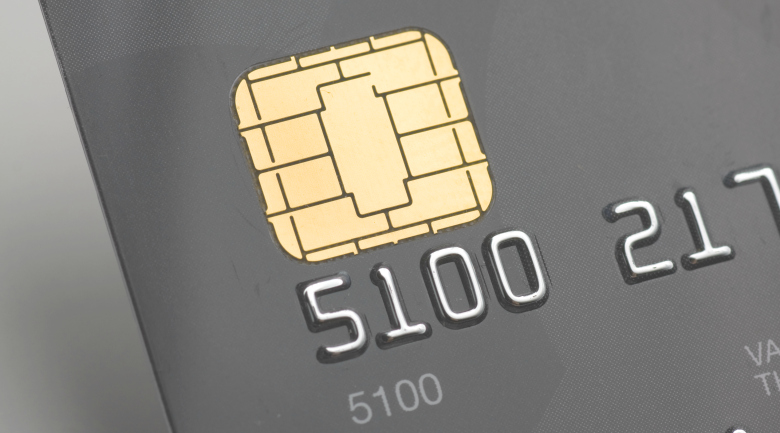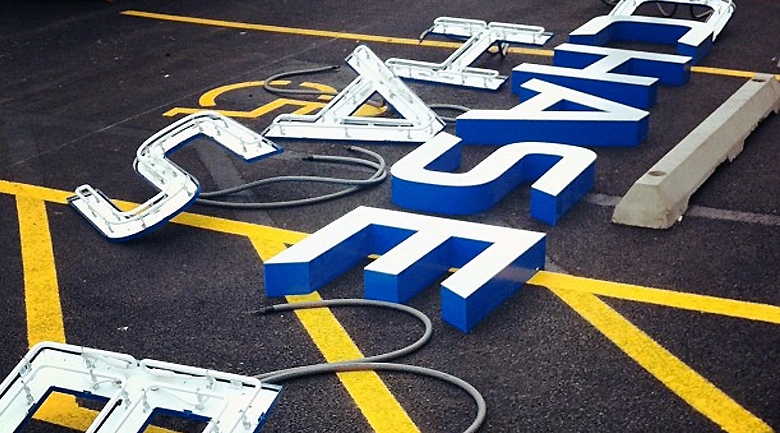Catching up to the rest of the world
Americans are used to being at the forefront of the scientific world – medicine, technology, gaming, you name it. So the fact that we are painfully far behind on something as basic as chip-enabled credit cards is borderline embarrassing.
![]()
As we mentioned here back in November, Europeans have been using chip cards for years. Consumers who receive chip cards from their banks and credit card companies are generally thrilled because these new (to Americans) cards are so much more secure. Chip, or EMV cards, are far safer from fraud than traditional credit cards because the “chip” is an actual computer chip that talks with payment terminals each time the card is used, and ensures no fraud is taking place.
Don’t dip your chip – we don’t accept it yet
But you may have noticed that when you take your fancy computer chip card to the register and try to insert in the new terminal instead of swipe the old fashioned way….you’re out of luck. The smiling attendant will tell you the system hasn’t been set up, or maybe they don’t have the right software, and you can just go ahead and swipe your card like you did before. So what’s going on? Why are some retailers accepting the new cards, and some aren’t?
As of Oct. 1, 2015, a liability shift occurred. If a retailer chooses not to accept the EMV chip cards, it is their responsibility to pay for any fraudulent transactions. However, if the retailer does accept EMV chip cards, then any fraudulent transactions are the responsibility of the bank. In late Jan 2016, the CEO of Visa said that approximately 17% of Visa’s transactions since Oct 1 have been through EMV chip card transactions.
So… why not?
Financial consultant Allen Weinberg has several theories as to why companies are not activating their chip card readers. First there’s the fact that businesses don’t want to be the ones to teach shoppers how to use the chip card. Everyone is waiting for someone else to do it.
Updating systems seems daunting to some
Then there’s the size of the project. For national and regional companies, updating POS systems that will need regular upgrades is truly daunting. In addition, these updates still have to be taught to hundreds, sometimes thousands of employees. According to Weinberg, these sizable POS changes can take years to implement. For restaurants, tip and tip adjustments create additional difficulties when it comes to EMV cards, which has led many restaurants to completely avoid the switch over for now.
However, the biggest issue Weinberg sees is that in many places where the EMV hardware has been deployed, the software is not yet ready. In other words, the new terminals that accept chip cards were all shipped out and installed in stores, but the computer software to accept the new cards is not yet installed or approved.
Consumers should be mad
However, the annoying problem of going up to the register and inserting your EMV card only to be told to swipe it instead shouldn’t last for long. As Weinberg says, stores will only have to be held responsible for a fraudulent charge once before quickly activating their card readers. But it’s not just retailers who should be worried about the potential fraudulent charges. As security reporter Brian Krebs recently asked, “Why aren’t consumers mad as hell about being asked to swipe their chip cards, thereby defeating the added security on the card?”
#ChipCard
Staff Writer, Abigail White is a wordsmith who hails from the Deep South, having graduated with a degree in Journalism from Auburn University. She is usually reading three books at once, loves history, sarcasm, and arguing over the Oxford comma.










































Pingback: Simple tips to stay safe while shopping online this holiday season - The American Genius